A comparative analysis of Indus valley culture and Vedic culture would reveal the main features of ancient culture that shaped the Indian subcontinent. The focal centres of the Harappan culture remained for a long time the twin cities of Harappa and Mohenjo-daro and it is from these centres that Harappan culture budded off, whereas the focus of attention of the Rig Veda was the Punjab and in the later Vedic period it shifted to the Doab of the Ganges and Jamuna rivers. The Harappan society had a very complex social stratification, division of labour and multiplicity of crafts and industries, urbanism was its marked feature with Harappans enjoying a settled and sedentary life, and in this society the priest and the merchant played dominant roles perhaps constituting a ruling elite. On the other hand, in the early period the Aryans were organized into a social organization which may be described as tribal or rural one with a minimal of division of labour with specialized trades and crafts appeared. But in this society it was not the priests and the merchants (Vaishyas) but the Priests and the Kshtriya who constituted the rule in elite (though with a tendency to rivalry). In the Harappan society the priestly class was of great importance as the central authority. This wide-ranging book offers a succinct and engaging narrative of the history of the Indian subcontinent, tracing the development of its society, culture and polity.
Ancient Indian Culture
Encyclopaedic History of India Series
Book:In stock
Free & Quick Delivery Worldwide
reviews
Bibliographic information
Title
Ancient Indian Culture
Encyclopaedic History of India Series
Encyclopaedic History of India Series
Author
Edition
1st ed.
Publisher
Centrum Press, 2011
ISBN
9789380836645
Length
vi+296p., Bibliography; Index; 22cm.
Subjects

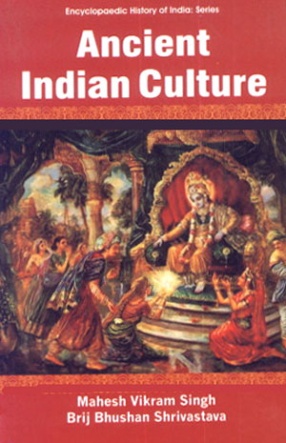
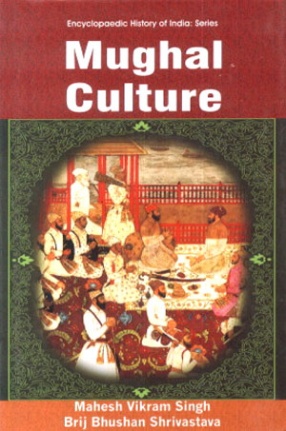
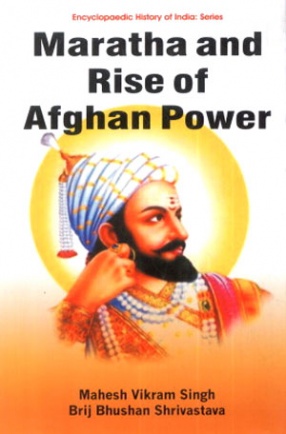
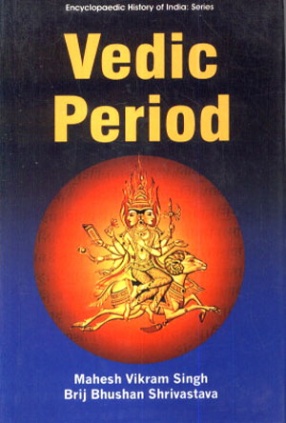
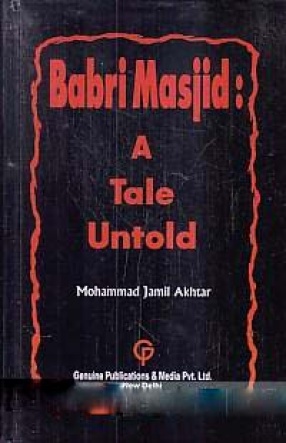
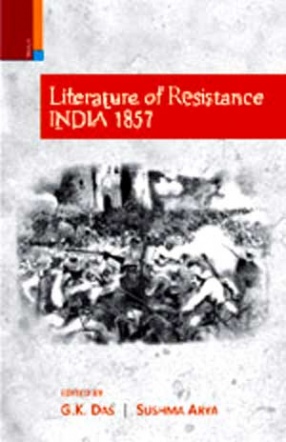

There are no reviews yet.